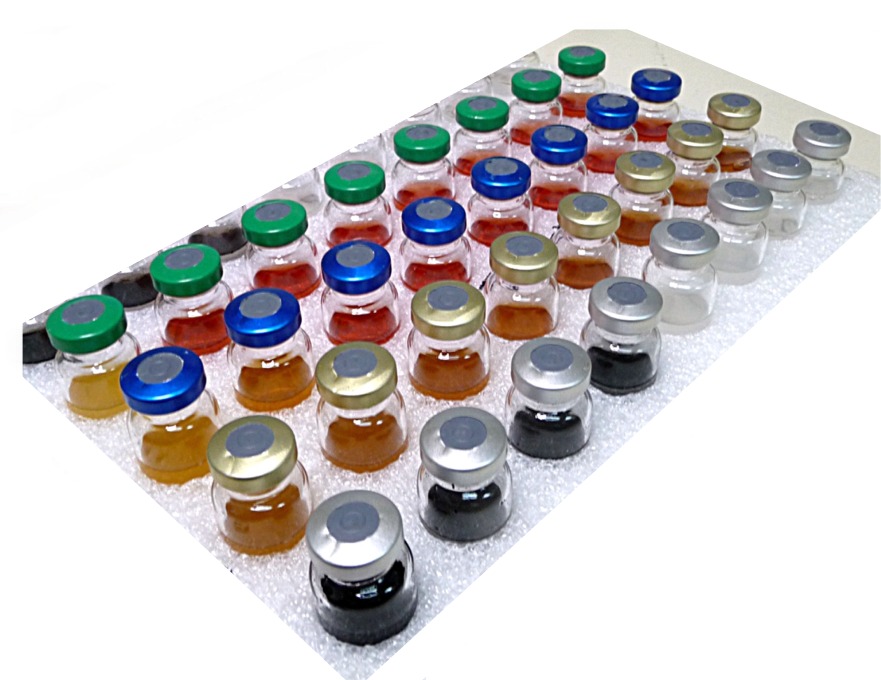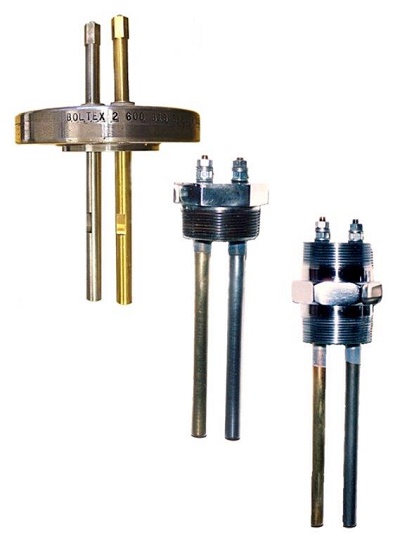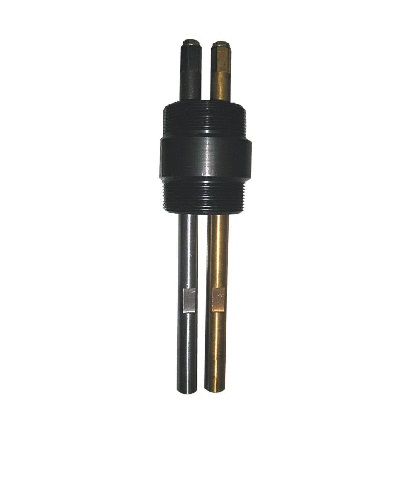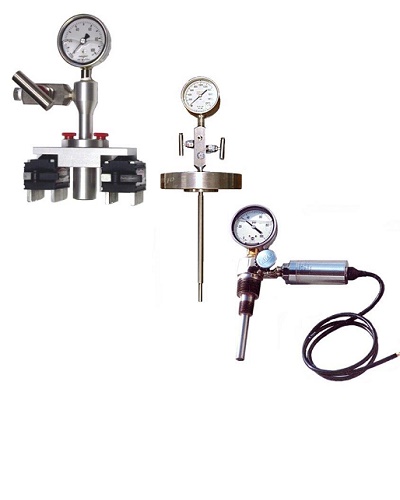All of our monitoring equipment has been designed as though we would install and maintain it ourselves, therefore we deem safety and convenience extremely important. Our equipment can be designed to meet customer specific requests as well as in “standard” configurations.
Liquid samplers are mounted at the bottom of lines and vessels to collect samples and solids for analysis. When equipped with sessile bacteria monitors they allow for bacteria, water chemistry and solids composition testing and, by adding corrosion coupons, corrosion rates can be calculated.
Our serial dilution tests use four types of media ( eight vials / type ), a high standard for the energy industry. Additional testing, using various other test kits is available depending on the application.
A wide variety of fixed and retractable corrosion coupon holders is available in multiple sizes and materials, and can be easily customized to fit your needs. Our standard retractable units are constructed of 316L SS with flanged or threaded connections, while carbon steel is generally used for fixed units. Various insulators can be used, with materials dependent on temperature, pressure and velocity.Convenient retrieval tools are available – and highly recommended – when system pressures exceed safe levels for retracting corrosion coupons by hand. Our tools are designed to meet ANSI 900 specifications and can be attached to various coupon holders and injection quills. For remote or difficult to reach locations a combination retrieval tool/corrosion coupon holder or injection quill can be fabricated as a single unit.
Galvanic Probes are often used to detect the presence of oxygen, and are particularly useful in systems where H2S and bacteria may be present. They measure the change in current when electrodes of dissimilar metals are immersed in an electrolyte, with the change in current being related to the rate of corrosion.
Hydrogen Probes are often used to monitor hydrogen permeation in steel which indicates a susceptibility to stress cracking or other hydrogen-induced damage. They measure the increase in pressure as atomic hydrogen reacts to molecular hydrogen, with the rate of increase in pressure indicating the corrosiveness of the system.
Hydrogen Patch Probes are attached to the exterior of lines or vessels with magnetic mountings or clamps. Since they are not inserted into the process stream, patch probes are easily moved from one location to another without disrupting the system.






















